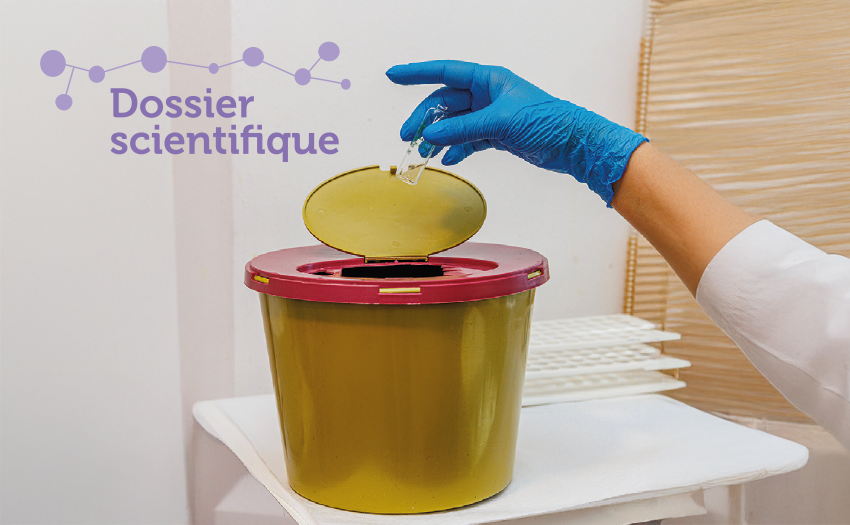ABSTRACT
Background
Health care itself contributes to climate change. Anesthesia is a “carbon hotspot,” yet few data exist to compare anesthetic choices. The authors examined the carbon dioxide equivalent emissions associated with general anesthesia, spinal anesthesia, and combined (general and spinal anesthesia) during a total knee replacement.
Methods
A prospective life cycle assessment of 10 patients in each of three groups undergoing knee replacements was conducted in Melbourne, Australia. The authors collected input data for anesthetic items, gases, and drugs, and electricity for patient warming and anesthetic machine. Sevoflurane or propofol was used for general anesthesia. Life cycle assessment software was used to convert inputs to their carbon footprint (in kilogram carbon dioxide equivalent emissions), with modeled international comparisons.
Results
Twenty-nine patients were studied. The carbon dioxide equivalent emissions for general anesthesia were an average 14.9 (95% CI, 9.7 to 22.5) kg carbon dioxide equivalent emissions; spinal anesthesia, 16.9 (95% CI, 13.2 to 20.5) kg carbon dioxide equivalent; and for combined anesthesia, 18.5 (95% CI, 12.5 to 27.3) kg carbon dioxide equivalent. Major sources of carbon dioxide equivalent emissions across all approaches were as follows: electricity for the patient air warmer (average at least 2.5 kg carbon dioxide equivalent [20% total]), single-use items, 3.6 (general anesthesia), 3.4 (spinal), and 4.3 (combined) kg carbon dioxide equivalent emissions, respectively (approximately 25% total). For the general anesthesia and combined groups, sevoflurane contributed an average 4.7 kg carbon dioxide equivalent (35% total) and 3.1 kg carbon dioxide equivalent (19%), respectively. For spinal and combined, washing and sterilizing reusable items contributed 4.5 kg carbon dioxide equivalent (29% total) and 4.1 kg carbon dioxide equivalent (24%) emissions, respectively. Oxygen use was important to the spinal anesthetic carbon footprint (2.8 kg carbon dioxide equivalent, 18%). Modeling showed that intercountry carbon dioxide equivalent emission variability was less than intragroup variability (minimum/maximum).
Conclusions
All anesthetic approaches had similar carbon footprints (desflurane and nitrous oxide were not used for general anesthesia). Rather than spinal being a default low carbon approach, several choices determine the final carbon footprint: using low-flow anesthesia/total intravenous anesthesia, reducing single-use plastics, reducing oxygen flows, and collaborating with engineers to augment energy efficiency/renewable electricity.
(ANESTHESIOLOGY 2021; XXX:00–00)

Quelles pratiques pour un laboratoire de biologie médicale écoresponsable en 2025 ?
Face à l’urgence climatique, les laboratoires de biologie médicale (LBM) sont confrontés à la nécessité de réconcilier performance diagnostique, innovation et durabilité environnementale…

Peut-on encore concevoir un système de santé moderne en dehors d’une démarche de développement durable ?
Le développement durable est un mode de développement qui répond aux besoins du présent sans compromettre la capacité des générations futures de répondre aux leurs.


